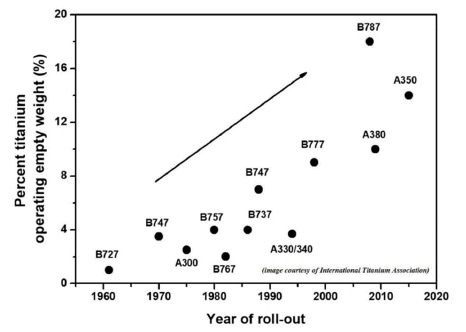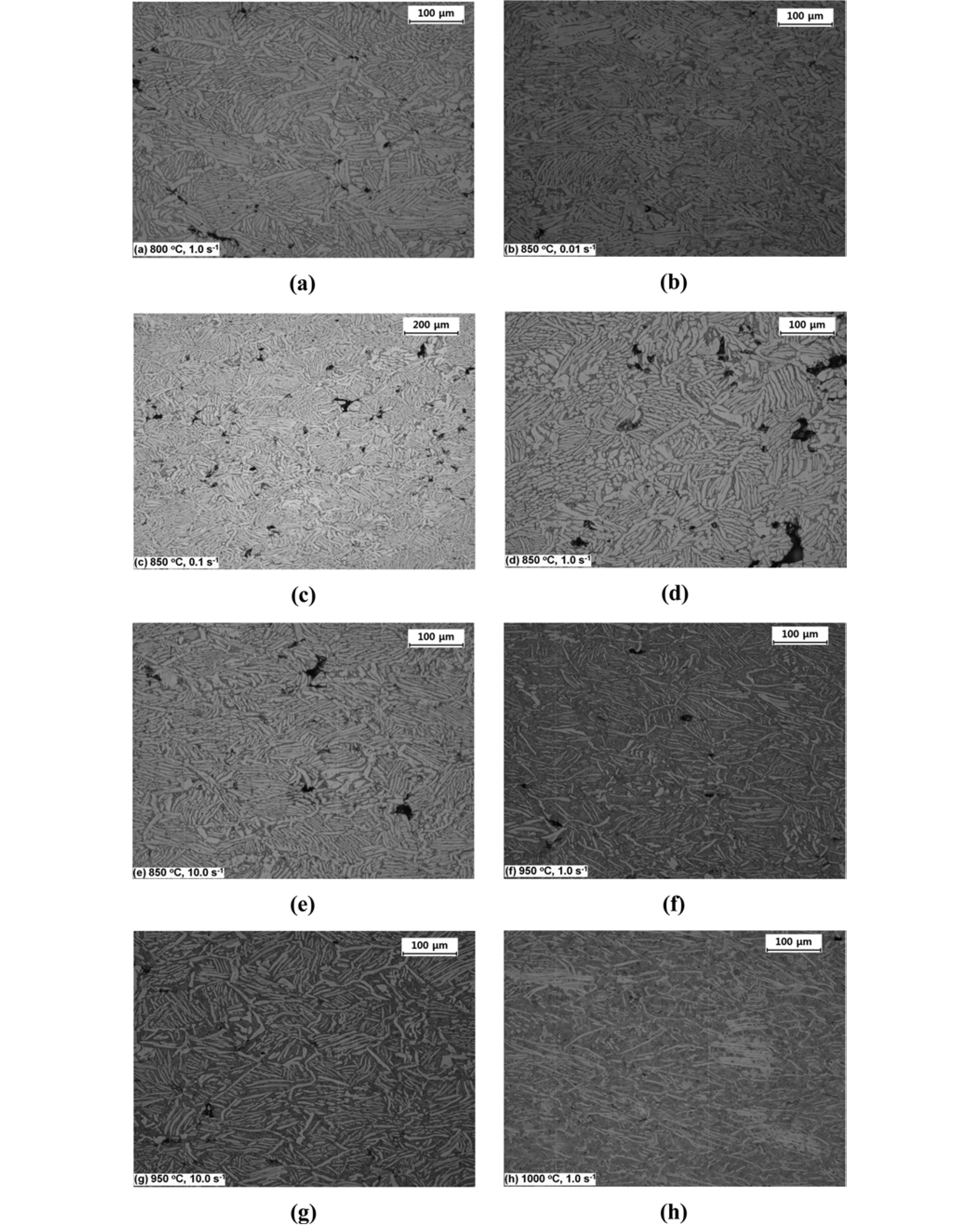- [Korean]
- Effects of Powder Shape and Densification Mechanism on the Microstructures and Mechanical Properties of Ti-6Al-4V Components
-
Youngmoo Kim, Young-Sam Kwon, Young-Beom Song, Sung Ho Lee
-
J Korean Powder Metall Inst. 2019;26(4):311-318. Published online August 1, 2019
-
DOI: https://doi.org/10.4150/KPMI.2019.26.4.311
-
-
 Abstract Abstract
 PDF PDF
The objective of this study is to investigate the influence of powder shape and densification mechanism on the microstructure and mechanical properties of Ti-6Al-4V components. BE powders are uniaxially and isostatically pressed, and PA ones are injection molded because of their high strengths. The isostatically compacted samples exhibit a density of 80%, which is higher than those of other samples, because hydrostatic compression can lead to higher strain hardening. Owing to the higher green density, the density of BE-CS (97%) is found to be as high as that of other samples (BE-DS (95%) and P-S (94%)). Furthermore, we have found that BE powders can be consolidated by sintering densification and chemical homogenization, whereas PA ones can be consolidated only by simple densification. After sintering, BE-CS and P-S are hot isostatically pressed and BE-DS is hot forged to remove residual pores in the sintered samples. Apparent microstructural evolution is not observed in BE-CSH and P-SH. Moreover, BE-DSF exhibits significantly fine grains and high density of low-angle grain boundaries. Thus, these microstructures provide Ti-6Al-4V components with enhanced mechanical properties (tensile strength of 1179 MPa).
- [Korean]
- Hot Deformation Behavior and Microstructural Evolution of Powder Metallurgy Ti-6Al-4V Alloy
-
Youngmoo Kim, Young-Beom Song, Sung Ho Lee, Young-Sam Kwon
-
J Korean Powder Metall Inst. 2014;21(4):277-285. Published online August 1, 2014
-
DOI: https://doi.org/10.4150/KPMI.2014.21.4.277
-
-
786
View
-
9
Download
-
3
Citations
-
 Abstract Abstract
 PDF PDF
The effects of processing parameters on the flow behavior and microstructures were investigated in hot compression of powder metallurgy (P/M) Ti-6Al-4V alloy. The alloy was fabricated by a blended elemental (B/E) approach and it exhibited lamellar α+β microstructure. The hot compression tests were performed in the range of temperature 800-1000°C with 50°C intervals, strain rate 10−4-10 s−1, and strain up to 0.5. At 800-950°C, continuous flow softening after a peak stress was observed with strain rates lower than 0.1 s−1. At strain rates higher than 1 s−1, rapid drop in flow stress with strain hardening or broad oscillations was recorded. The processing map of P/M Ti-6Al-4V was designed based on the compression test and revealed the peak efficiency at 850°C and 0.001 s−1. As the processing temperature increased, the volume fraction of β phase was increased. In addition, below 950°C, the globularization of phase at the slower strain rate and kinking microstructures were found. Based on these data, the preferred working condition of the alloy may be in the range of 850-950°C and strain rate of 0.001-0.01 s−1. -
Citations
Citations to this article as recorded by  - Microstructure control and dynamic recrystallization behavior analysis in hot forging of metastable beta Ti-5Mo-4Fe alloy
In-Kyeong Jin, Jae-Gwan Lee, Yong-Jae Lee, Dong-Geun Lee
Journal of Alloys and Compounds.2025; 1010: 178125. CrossRef - High Temperature Deformation and Microstructural Evolution of Homogenized AA 2026 Alloy
HyeonWoo Kang, SooBin Kim, ByoungLok Jang, HeeKook Kim
Korean Journal of Metals and Materials.2023; 61(5): 338. CrossRef - Effect of Fe Content on the Microstructure and Mechanical Properties of Ti-Al-Mo-V-Cr-Fe Alloys
K.C. Bae, J.J. Oak, Y.H. Kim, Y.H. Park
Archives of Metallurgy and Materials.2017; 62(2): 1105. CrossRef
- [Korean]
- Development of a CAE Tool for P/M Compaction Process and Its Application
-
Suk-Hwan Chung, Young-Sam Kwon
-
J Korean Powder Metall Inst. 2004;11(5):399-411.
-
DOI: https://doi.org/10.4150/KPMI.2004.11.5.399
-
-
768
View
-
0
Download
-
2
Citations
-
 Abstract Abstract
 PDF PDF
- Crack generation during die compaction and distortion during sintering have been critical problems for the conventional pressing and sintering process. Until now, trial and error approach with engineers' industrial experiences has been only solution to protect the crack generation and distortion. However, with complexity in shape and process it is very difficult to design process conditions without CAE analysis. We developed the exclusive CAE software (PMsolver/Compaction) for die compaction process. The accuracy of PMsolver is verified by comparing the finite element simulation results with experimental results. The simplified procedures to find material properties are proposed and verified with iron based powder and tungsten carbide powder. Based on the accurate simulation result by PMsolver, the optimal process conditions are designed to get uniform density distribution in a powder compact after die compaction process by using a derivative based optimization scheme. In addition, the effect of non-uniform density distribution in a powder compact on distortion during sintering is shown in case of the fabrication of tungsten carbide insert.
-
Citations
Citations to this article as recorded by  - Analysis of cold compaction for Fe-C, Fe-C-Cu powder design based on constitutive relation and artificial neural networks
Da Seul Shin, Chi Hun Lee, Suk Hyun Kim, Dong Yong Park, Joo Won Oh, Chang Woo Gal, Jin Mo Koo, Seong Jin Park, Seung Chul Lee
Powder Technology.2019; 353: 330. CrossRef - A Study on the Structural Analysis for Plastic Door Handle of Automobile
S.R. Park, D.C. Shim, D. Kim, M.Y. Lyu
Transactions of Materials Processing.2010; 19(3): 185. CrossRef
|





